Nichols received a $459,279 grant from the National Institute of General Medical Sciences to study the mechanisms of NLRP3 inflammasome activation.
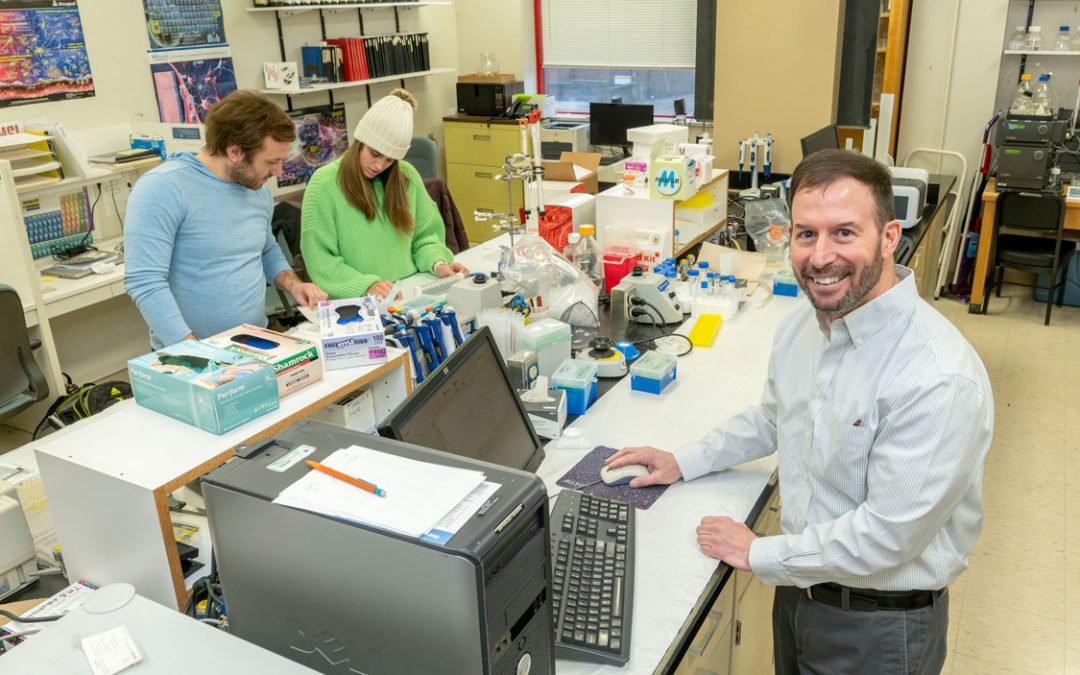
Search Filters

Nichols received a $459,279 grant from the National Institute of General Medical Sciences to study the mechanisms of NLRP3 inflammasome activation.
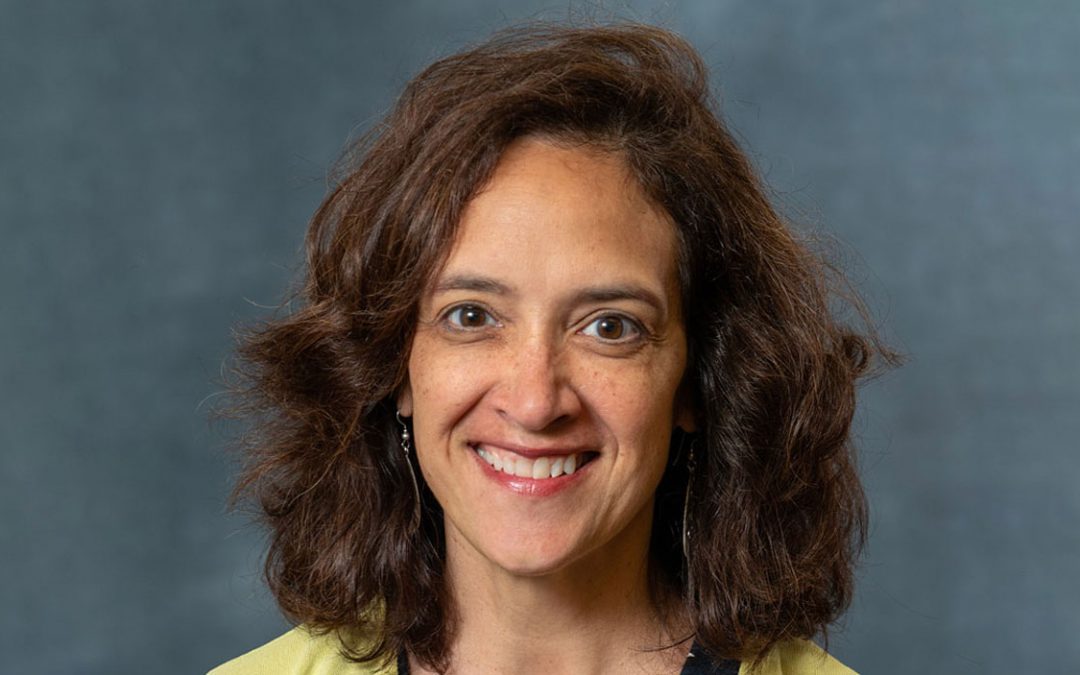
Bertram, a faculty member in the College of Nursing, has focused much of her research and clinical work on the mental health outcomes of children and adolescents in foster care.
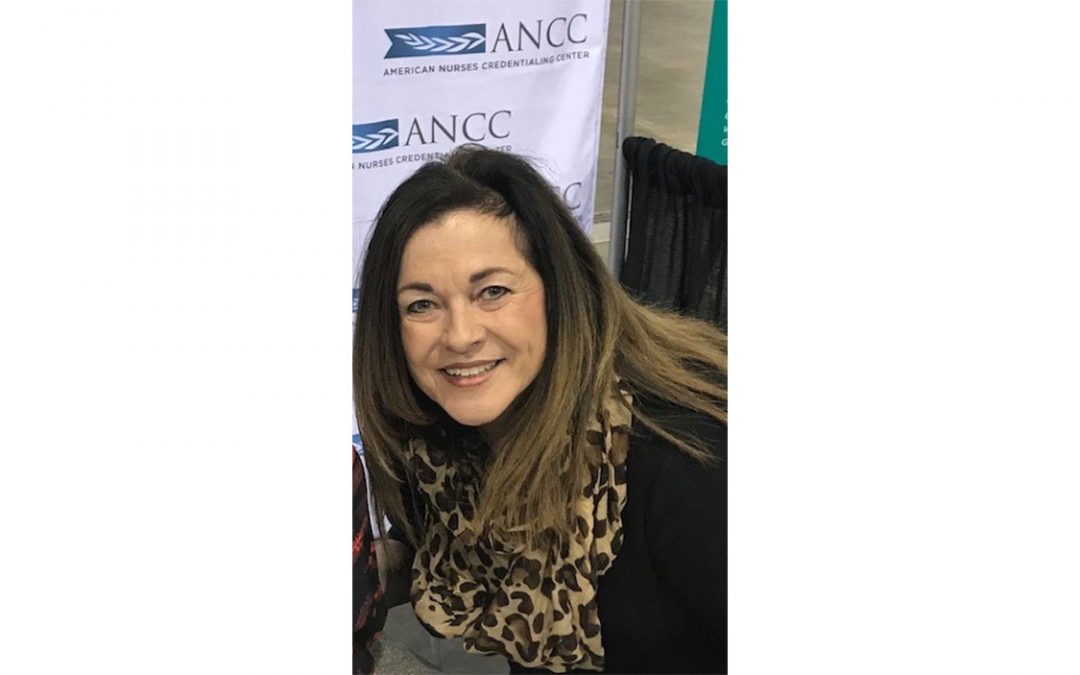
Falcone’s PhD research focused on adverse event reporting, including a comprehensive review of literature on the topic published in the Journal of Patient Safety.
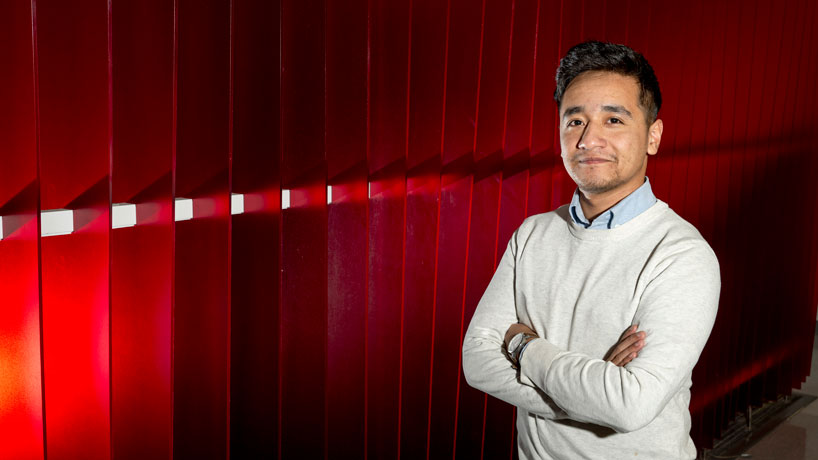
Prajapati was active in the Physics Club and Student Government Association and received his degree with distinction for his research on comets with Professor Erika Gibb.
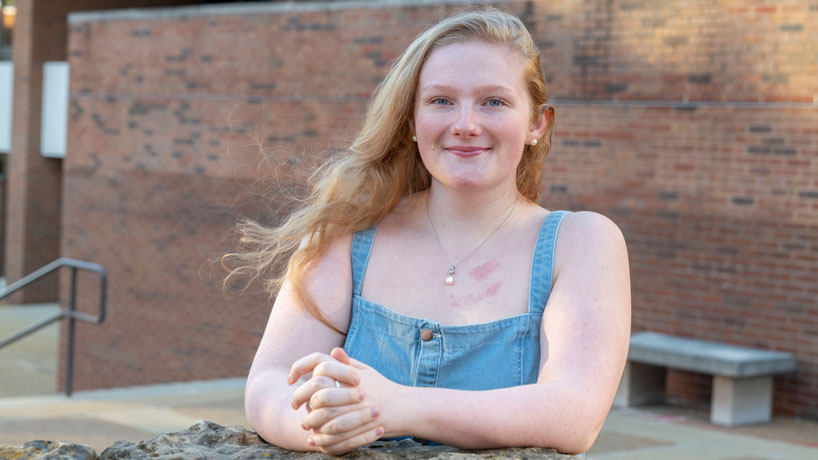
Memmer, who will serve as a student marshal for the College of Arts and Sciences, plans to study early modern European history in graduate school.
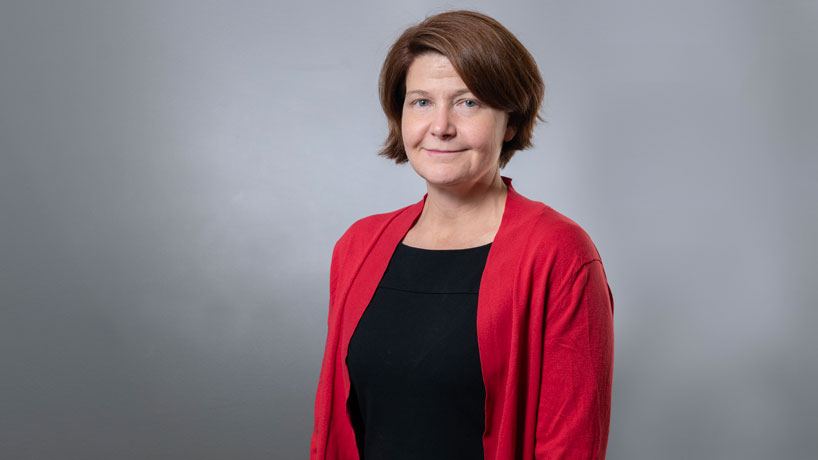
Professor Lee Slocum was the lead author of the report, which was developed after surveying community members in St. Louis County, Mecklenburg County and Missoula County.
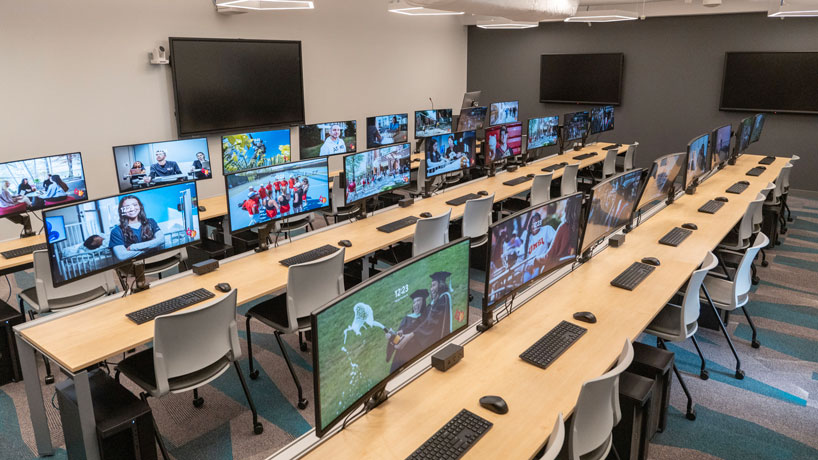
The university provided matching funds to construct the GIS and virtual reality labs after receiving more than $1 million from the state of Missouri through the MoExcels Workforce Initiative.
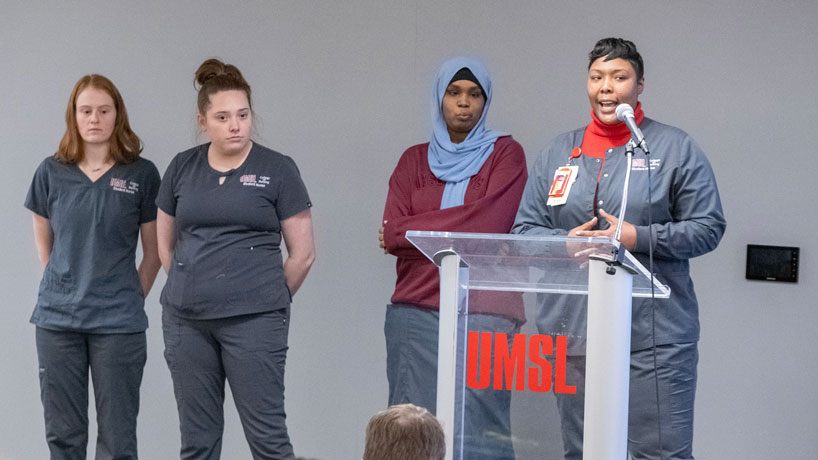
Nursing students shared their findings on research topics ranging from healthy eating to implicit bias and health care outcomes.
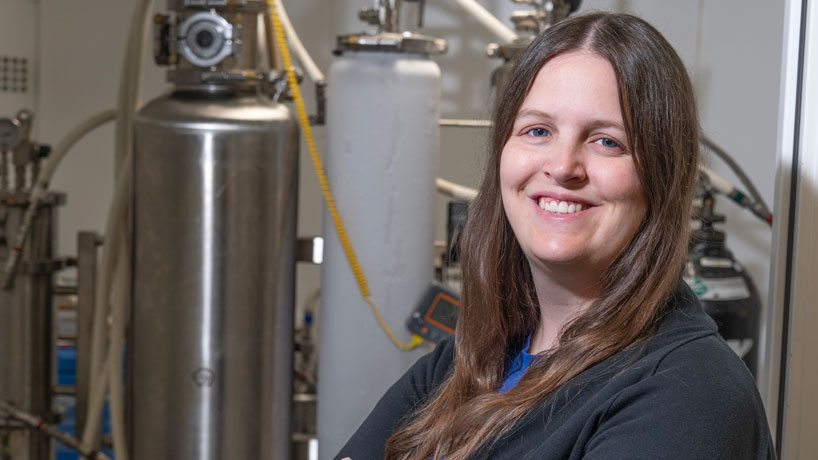
She oversees production at Mana Supply Company, serves on the board of multiple industry organizations and teaches in SLU’s cannabis certificate program.
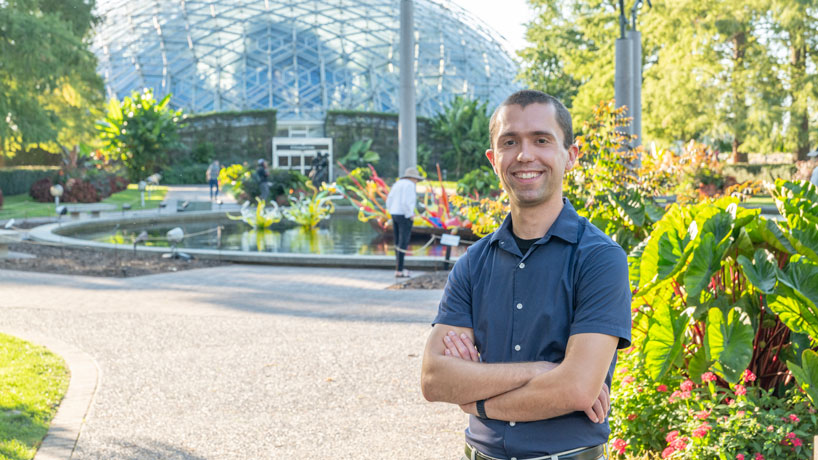
Austin is researching the impact of climate change on flowering plants while also helping lead the process of digitizing the garden’s herbarium, which contains more than 7 million species.